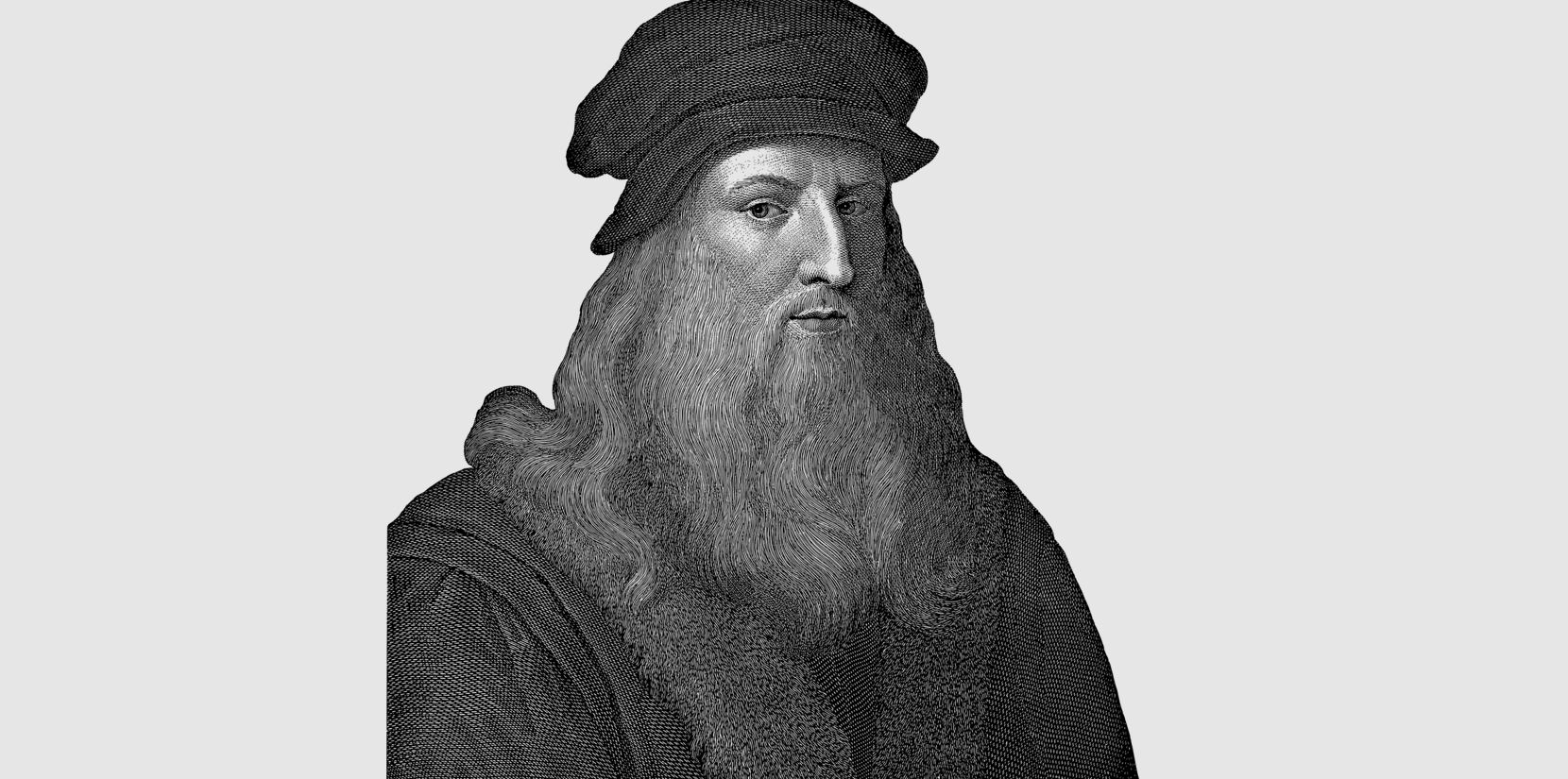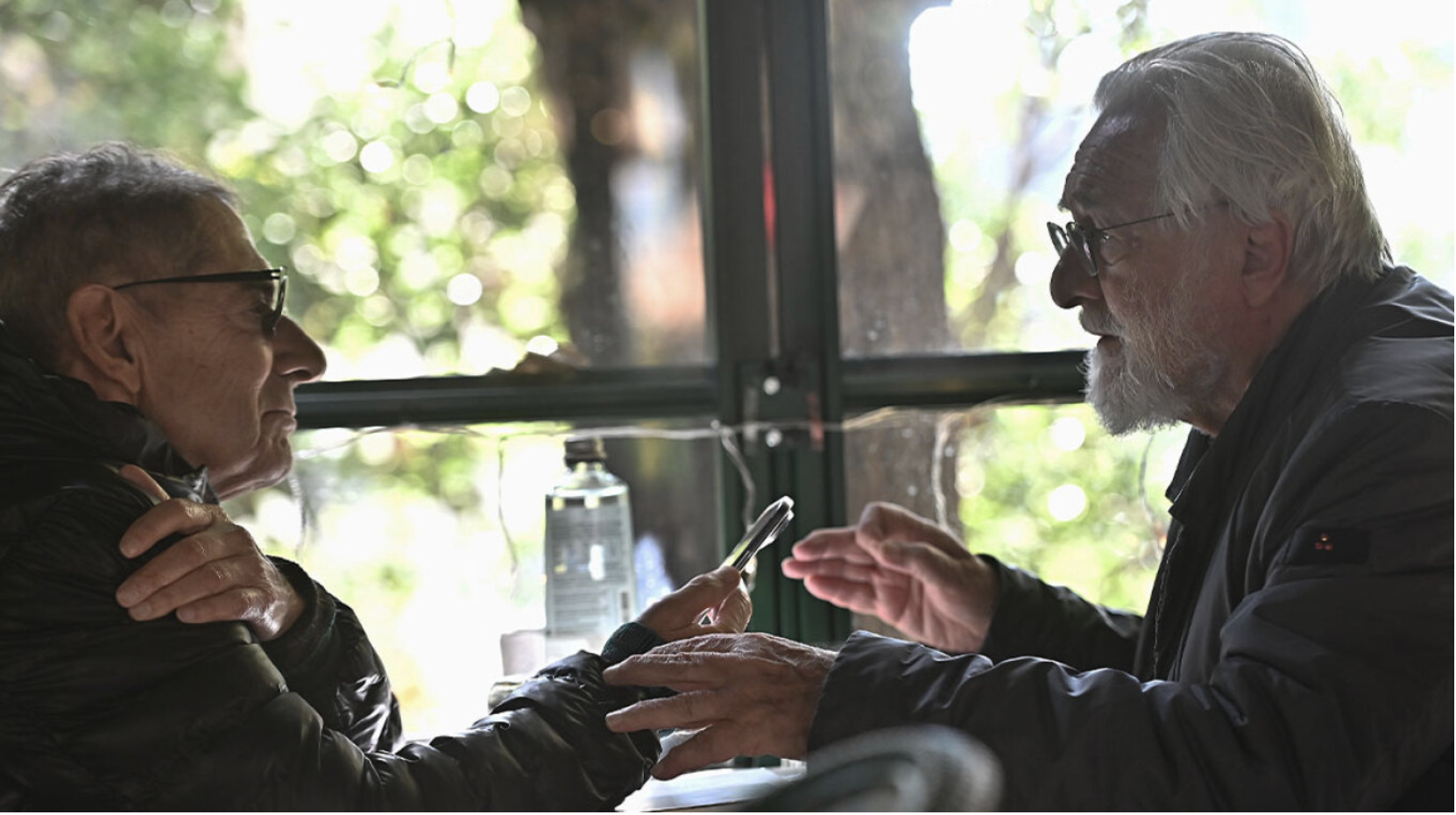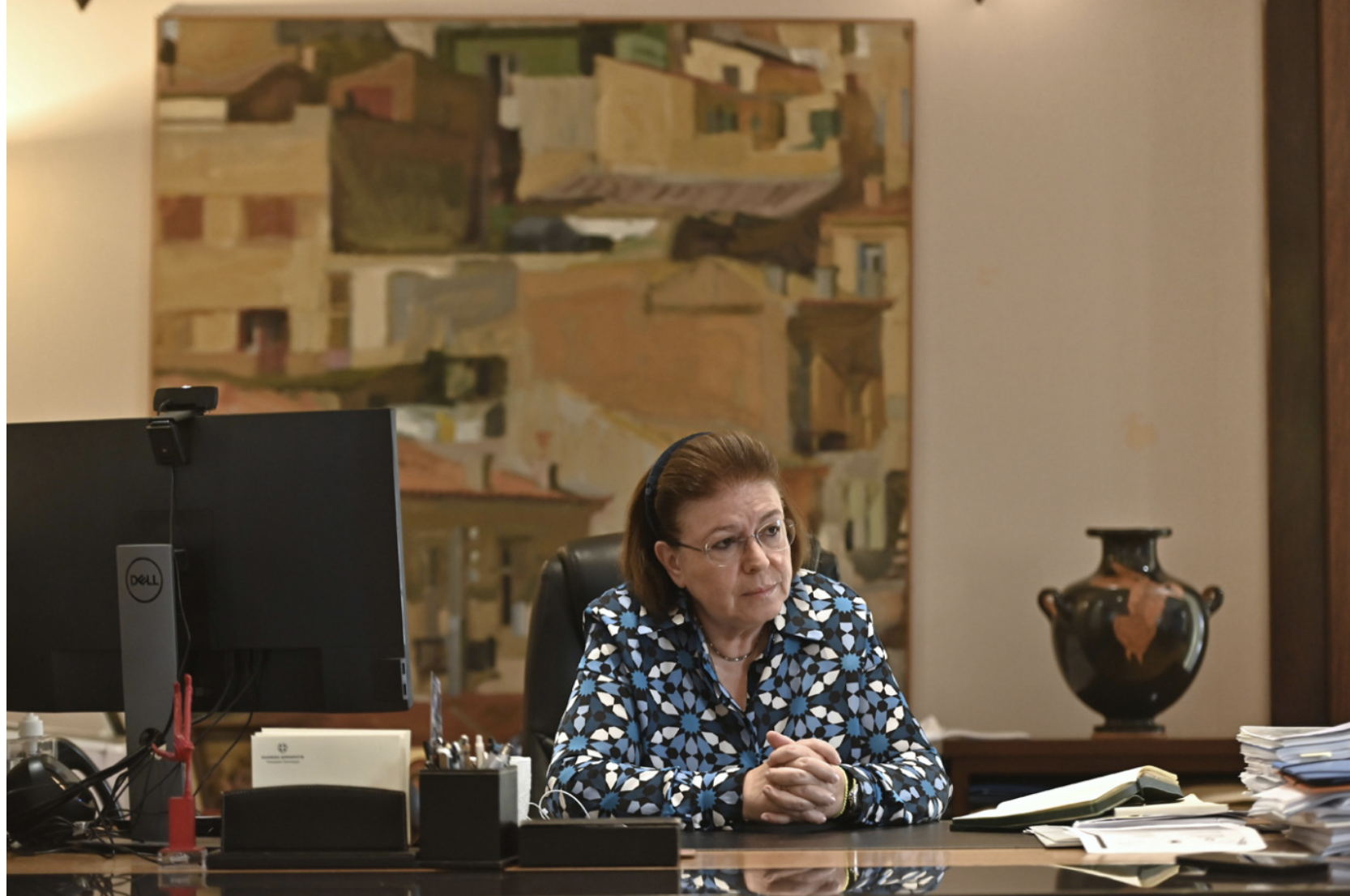Leonardo da Vinci may have had an understanding of gravity that was “centuries ahead of his time,” his sketchbooks reveal.
Da Vinci’s sketches, which were forgotten for decades, show triangles formed by sand-like particles pouring from a jar. These falling grains depicted experiments to show that gravity was a form of acceleration more than 400 years before Einstein did, a new study argues.
Albert Einstein first formulated the idea that gravity and acceleration are the same, called the equivalence principle, in 1907. To do so, Einstein expanded upon ideas from Isaac Newton’s 1687 discovery of the universal law of gravitational attraction (which states every object in the universe attracts every other with a force linked to their masses and inversely related to the square of the distance separating them) and Galileo Galilei’s 1604 statement of the law of freefall (which states that without air resistance, all masses fall with the same acceleration).
“We don’t know if da Vinci did further experiments or probed this question more deeply,” lead-author Mory Gharib, a professor of aeronautics and medical engineering at Caltech, said in a statement. “But the fact that he was grappling with this problem in this way — in the early 1500s — demonstrates just how far ahead his thinking was.”
Da Vinci was a painter, architect, inventor, anatomist, engineer and scientist. Primarily self-educated, he filled dozens of secret notebooks with fanciful inventions and anatomical observations. Along with detailed drawings of human anatomy, his notebooks contain designs for bicycles, helicopters, tanks and airplanes. Of the more than 13,000 pages of these sketches that were later collected into codices, less than a third have survived.
more at livescience.com
Ask me anything
Explore related questions





